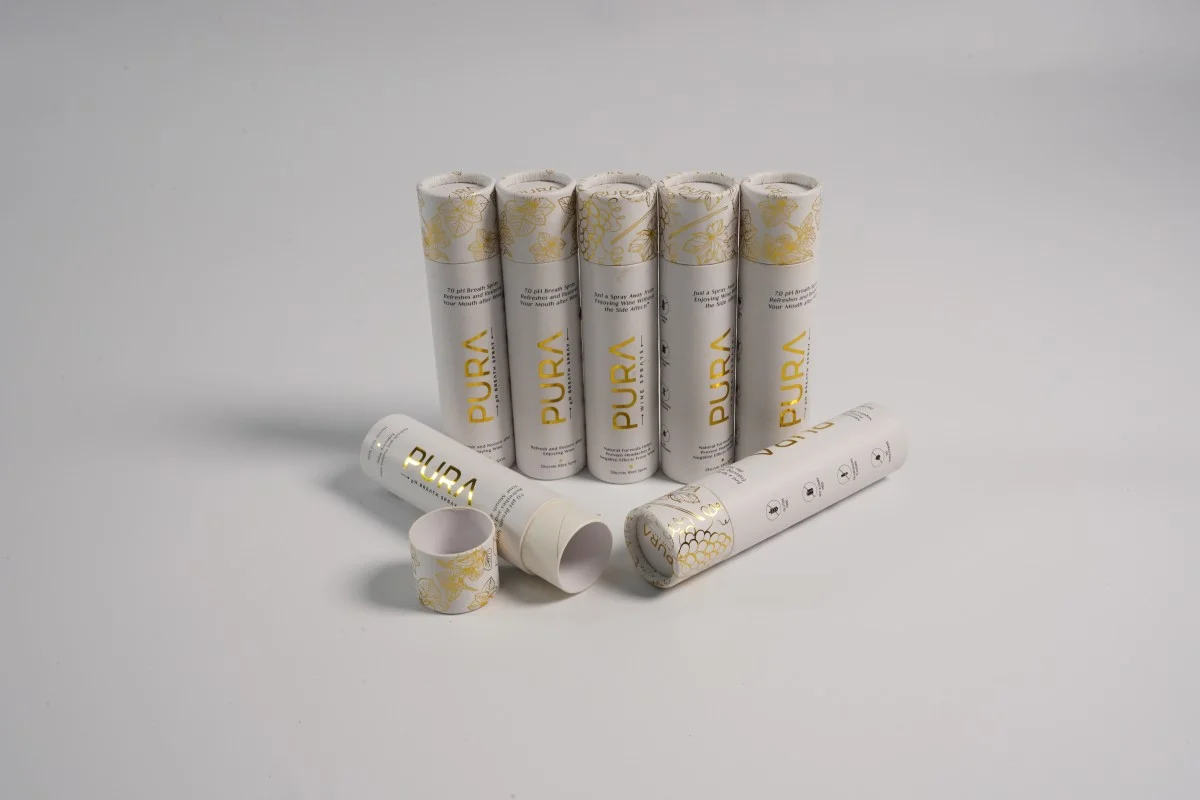In today's world, where plastic pollution has become a significant environmental concern, finding sustainable alternatives for packaging food has become crucial. This blog post aims to provide you with practical and innovative solutions to package food without relying on plastic materials. By adopting these methods, we can reduce our carbon footprint and contribute to a healthier planet.
- Embrace Biodegradable Materials:
One effective way to package food without plastic is to opt for biodegradable materials. These materials break down naturally over time, reducing the environmental impact. Some excellent alternatives include:
- Plant-based Bioplastics: Derived from renewable resources like cornstarch or sugarcane, these bioplastics are compostable and do not release harmful toxins when decomposing.
- Bagasse: Made from sugarcane waste, bagasse is a sturdy and sustainable option for food packaging. It is both biodegradable and compostable.
- Mushroom Packaging: Innovative packaging made from mycelium, the root structure of mushrooms. It is biodegradable, lightweight, and can be molded into various shapes.
- Utilize Sustainable Wrapping:
Plastic wrap is a common choice for preserving food freshness, but there are eco-friendly alternatives available:
- Beeswax Wraps: Made from cotton fabric coated with beeswax, these wraps are reusable, washable, and biodegradable. They provide an excellent alternative to plastic wrap for covering bowls, fruits, and vegetables.
- Silicone Food Covers: These stretchable covers are made from food-grade silicone and can be used to seal containers, bowls, and even cut fruits. They are reusable and eliminate the need for disposable plastic wrap.
- Opt for Recyclable and Reusable Packaging:
Choosing packaging materials that can be recycled or reused is another sustainable approach:
- Glass Containers: Glass is an excellent option for storing food as it is non-toxic, recyclable, and does not leach harmful chemicals. It can be used for various food items, from sauces to leftovers.
- Stainless Steel Containers: Durable and long-lasting, stainless steel containers are a safe and eco-friendly alternative to plastic. They are ideal for packing lunches, snacks, and even liquids.
- Paper and Cardboard: When selecting packaging materials, opt for paper or cardboard options that are recyclable and sourced from sustainable forests. These materials can be used for boxes, trays, and sleeves.
- Innovative Packaging Solutions:
Technology and innovation have paved the way for exciting alternatives to plastic packaging:
- Edible Packaging: Edible films and coatings made from natural ingredients like seaweed or starch offer a unique solution. They can be consumed along with the food or easily composted.
- Vacuum Sealing: Vacuum-sealed packaging removes air from the container, extending the shelf life of food without the need for preservatives. It also reduces the need for excessive packaging materials.
- Compostable Pouches: Compostable pouches made from plant-based materials provide a sustainable option for packaging snacks, grains, and other dry goods. They break down naturally in composting facilities.
Conclusion:
Packaging food without plastic is not only an environmental responsibility but also an opportunity to embrace innovative and sustainable alternatives. By utilizing biodegradable materials, sustainable wrapping options, recyclable packaging, and exploring innovative solutions, we can reduce our reliance on plastic and contribute to a greener future. Let's make conscious choices and package our food in a way that nourishes both our bodies and the planet.






+ There are no comments
Add yours